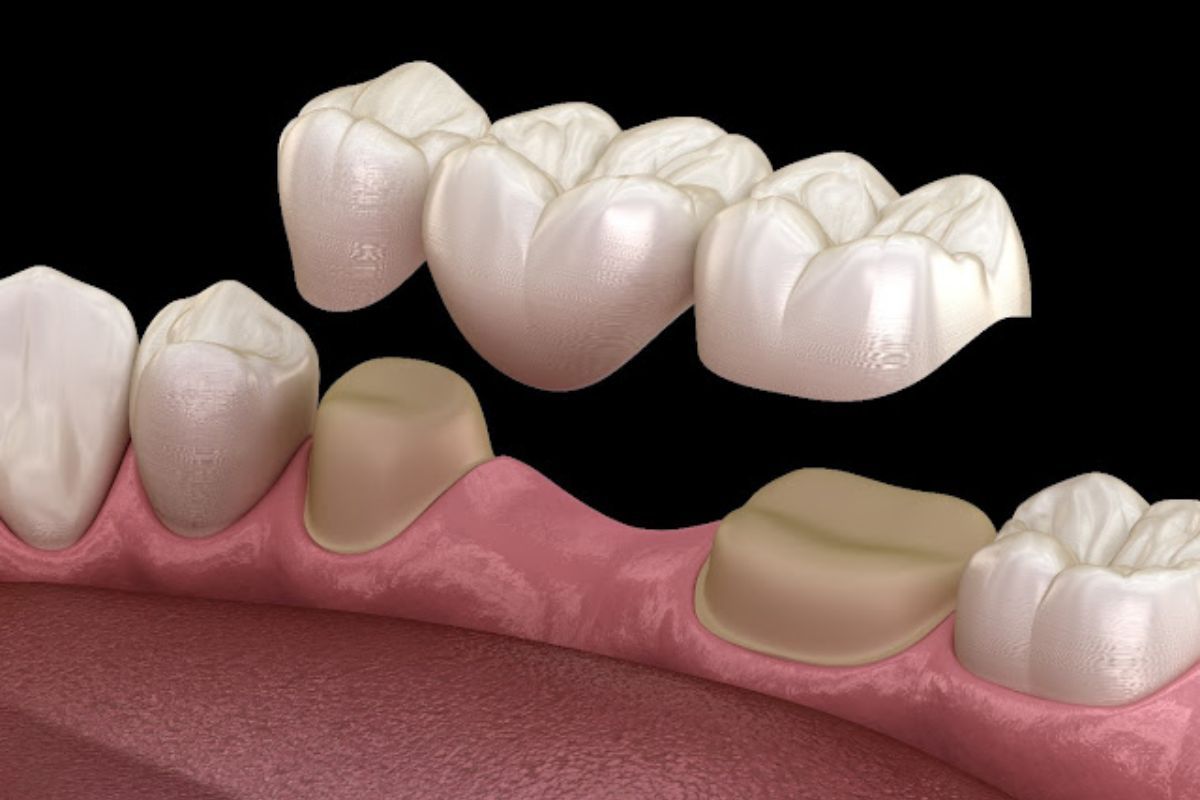Maximizing Stability: The Science Behind Bone Augmentation for Dental Implants
Discover how to maximize the stability of your dental implants by understanding the science behind bone augmentation. Sufficient bone volume and density are vital for implant success, impacting longevity, strength, and overall stability. Various bone augmentation procedures like grafting with different materials improve bone quality and quantity, enhancing success rates. By choosing appropriate biomaterials and following post-operative care instructions diligently, you can promote new bone growth and guarantee successful integration. Explore future trends in bone augmentation technology that promise even better long-term stability and functionality.
Key Takeaways
- Adequate bone volume is crucial for implant stability and longevity.
- Various bone augmentation procedures enhance bone quality and quantity.
- Biomaterial properties impact successful integration with bone tissue.
- Follow post-operative care instructions diligently for optimal healing.
- Future technologies like nanotechnology and 3D printing promise improved outcomes.
Importance of Bone Volume in Implant Success
Having sufficient bone volume is essential for the success of dental implants. Bone density plays a critical role in guaranteeing the longevity of your implants. When there is inadequate bone to support the implant, it can lead to complications and implant failure. Your bone density determines the stability and strength of the implant. Without enough bone volume, the implant may not integrate properly with the surrounding bone, affecting its long-term success.
Maintaining good bone density is crucial for the overall health of your jaw and the success of your dental implants. Factors such as bone resorption, trauma, or prolonged tooth loss can result in decreased bone volume. To improve bone density and guarantee the longevity of your implants, bone augmentation procedures may be necessary. These procedures help create a solid foundation for the implant, increasing the chances of a successful outcome. By addressing bone volume issues early on, you can enhance the stability and durability of your dental implants.
Types of Bone Augmentation Procedures
To address inadequate bone volume for dental implants, various types of bone augmentation procedures are available. Surgical techniques such as bone grafting are commonly used to enhance bone quality and quantity. Autografts, allografts, xenografts, and synthetic materials are among the grafting materials used in these procedures. Autografts involve transferring bone from one part of your body to another, while allografts use donor bone. Xenografts come from animal sources, and synthetic materials are man-made substitutes.
Complications can arise from bone augmentation procedures, including infection, inadequate bone integration, or graft rejection. However, with advancements in techniques and materials, the success rates of these procedures have greatly improved. Success rates vary depending on the type of graft material used, the patient's overall health, and the skill of the dental professional performing the procedure.
Understanding the different types of bone augmentation procedures, their associated surgical techniques, and the various grafting materials available is essential in maximizing stability and ensuring the success of dental implants.
Biomaterials Used in Bone Grafting
Biomaterials play a critical role in bone grafting procedures for dental implants, enhancing bone quality and quantity for successful implant integration. When pondering biomaterials for bone grafting, understanding their properties and how they interact with the body is indispensable. Here are some key points to keep in mind:
- Biomaterial Properties: The characteristics of the biomaterial used in bone grafting, such as biocompatibility, resorbability, and structural integrity, impact the success of the grafting procedure.
- Grafting Techniques: Various grafting techniques, like autografts, allografts, and synthetic materials, each offer distinct advantages and considerations. Familiarity with these techniques can assist in selecting the most appropriate approach for the patient's needs.
- Interaction with Bone Tissue: The manner in which biomaterials interact with the existing bone tissue is vital for promoting new bone growth and integration of the dental implant.
Healing Process After Bone Augmentation
After bone augmentation for dental implants, understanding the healing process is essential to ensuring successful integration of the implant with the surrounding bone tissue. The healing timeline post bone augmentation varies, but typically the initial few days involve managing swelling and discomfort with prescribed medications. During the first week, it's vital to follow post-operative care instructions diligently, including maintaining good oral hygiene and avoiding strenuous activities that could disrupt the healing process. In the following weeks, the bone graft starts to integrate with the existing bone structure, gradually becoming a solid foundation for the dental implant.
Throughout the healing process, attending scheduled follow-up appointments with your dentist is crucial to monitor progress and address any concerns promptly. By adhering to the recommended healing timeline and practicing proper post-operative care, you can optimize the chances of a successful outcome for your dental implant. Remember, patience and careful attention to post-operative instructions play a significant role in ensuring the long-term stability and functionality of your dental implant.
Future Trends in Bone Augmentation Technology
Frequently Asked Questions
How Does Smoking or Alcohol Consumption Affect Bone Augmentation Procedures for Dental Implants?
When it comes to bone augmentation for dental implants, your lifestyle choices matter. Smoking can hinder the healing process and reduce bone density, impacting the success of the procedure. Alcohol consumption can also have consequences, such as delayed healing and increased risk of complications. To maximize the effectiveness of bone augmentation procedures, consider quitting smoking and moderating alcohol intake for better outcomes in dental implant treatments.
Can Bone Augmentation Procedures Be Performed on Patients With Certain Medical Conditions, Such as Diabetes or Osteoporosis?
Bone augmentation procedures can be performed on patients with medical conditions like diabetes or osteoporosis, but there are factors to take into account. The impact of medications and surgical considerations play a vital role. Your healthcare provider will evaluate your condition, medications, and overall health to determine the best approach for you. Open communication about your medical history is necessary to guarantee a successful outcome for your bone augmentation procedure.
Are There Any Alternative Treatments to Bone Augmentation for Patients With Insufficient Bone Volume for Dental Implants?
If you need alternatives for insufficient bone volume for dental implants, consider natural remedies like dietary supplements. Surgical alternatives and regenerative techniques are also available. These options can help enhance bone density and prepare you for successful implant placement. Discuss with your dentist to explore the best approach based on your specific situation and needs.
What Are the Potential Risks or Complications Associated With Bone Augmentation Procedures?
When considering bone augmentation for dental implants, potential complications can involve infection, swelling, or discomfort during the healing process. It is crucial to adhere to post-operative care instructions diligently to minimize these risks. Watch out for any unusual signs and reach out to your dentist if you have any concerns. Keep in mind, proper care and patience are crucial for a successful outcome.
How Long Does the Healing Process Typically Take After Bone Augmentation, and What Can Patients Expect During This Time?
After bone augmentation, the healing process can vary but typically takes several months. During this time, you can expect some swelling, discomfort, and follow-up appointments with your dentist. Following post-operative care instructions, like taking prescribed medications and maintaining good oral hygiene, is essential for a smooth recovery. Be patient and allow your body to heal properly for the best long-term results.










